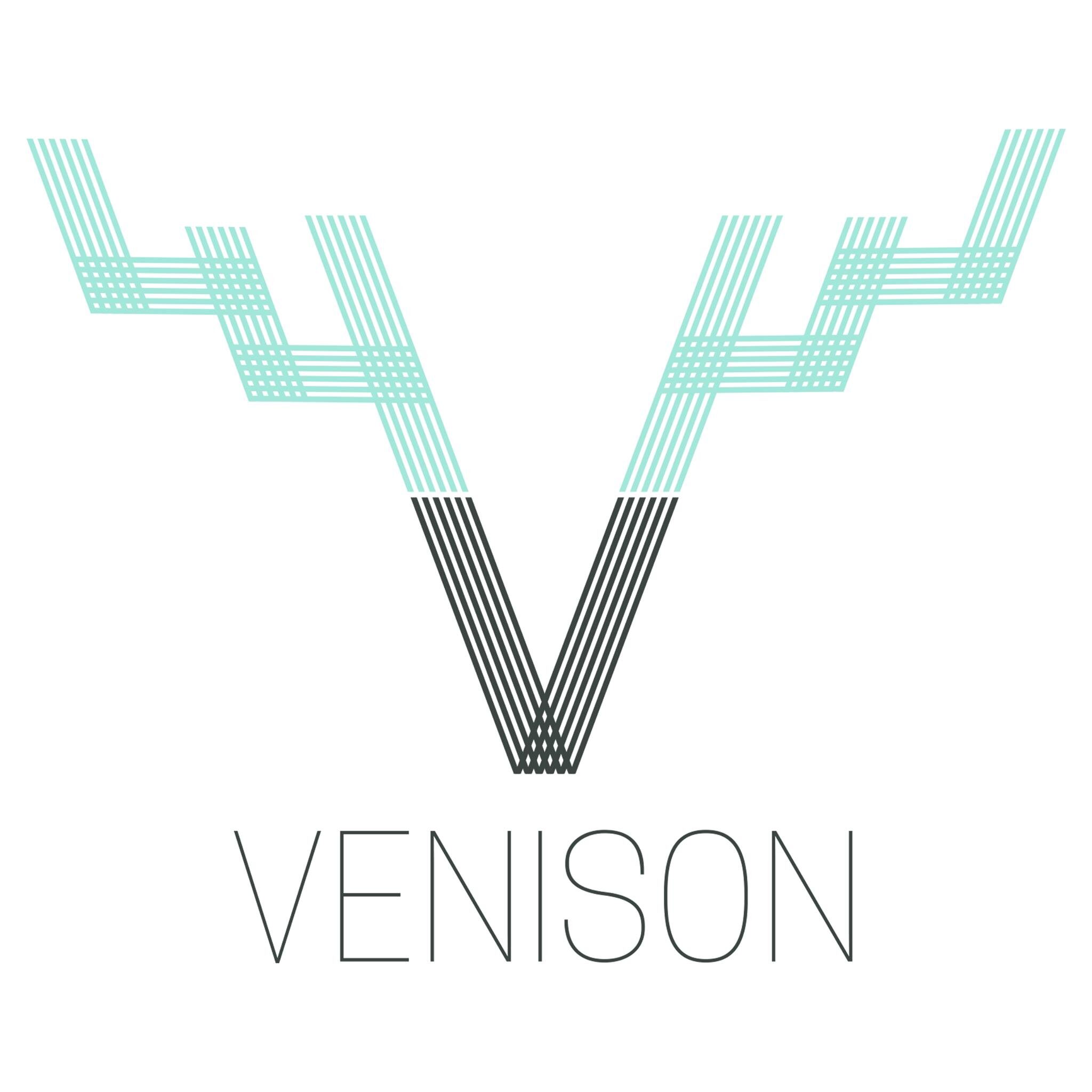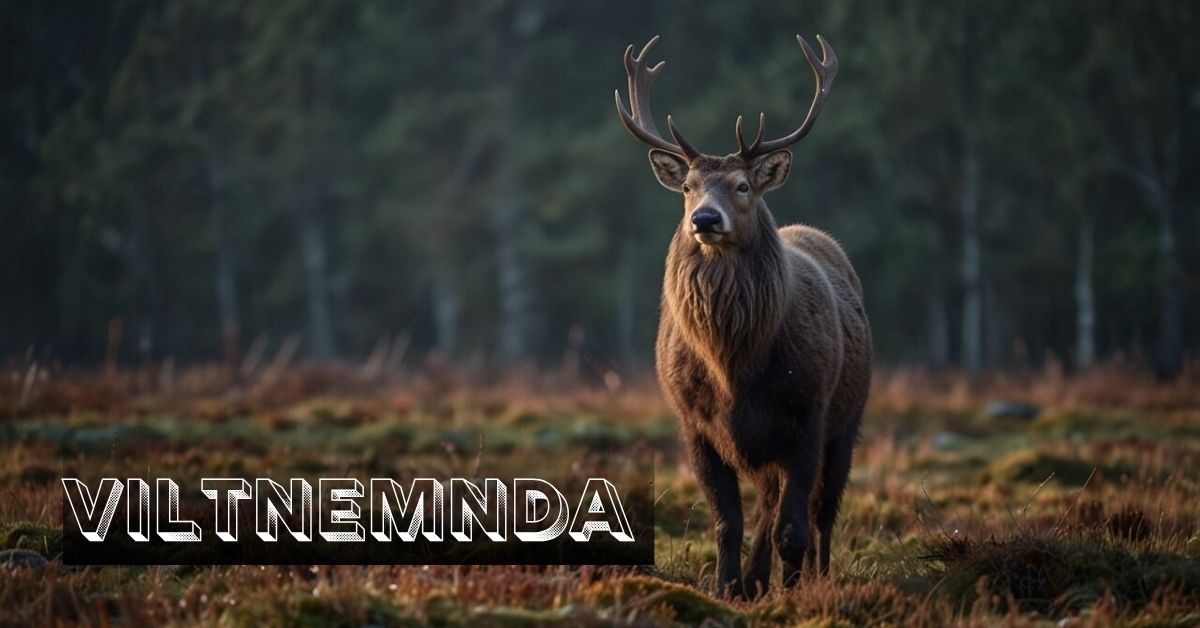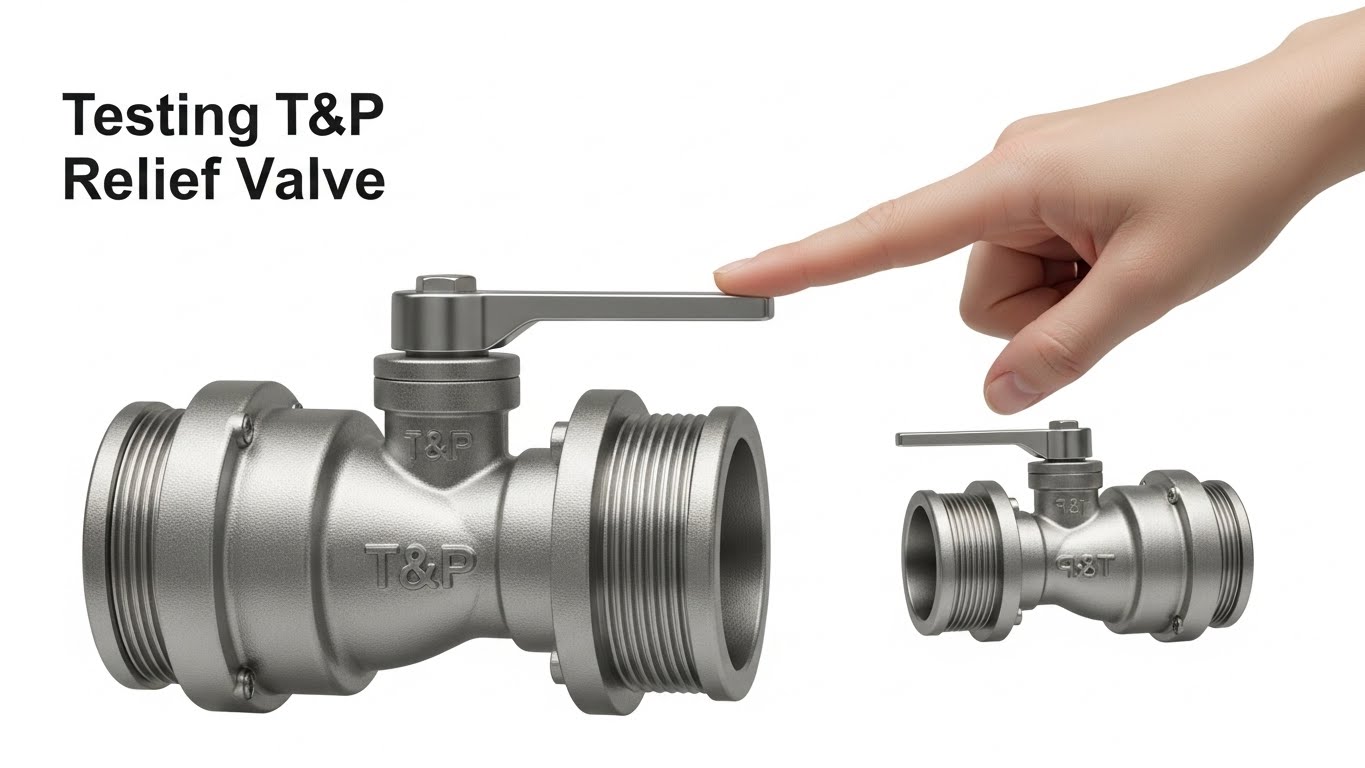Norway’s connection to nature runs deep, and wildlife plays a central role in the nation’s cultural identity and environmental balance. One of the most vital institutions protecting this balance is the Viltnemnda — the local wildlife board responsible for managing wild animals and ensuring harmony between human interests and ecological sustainability. While many people outside Norway may not be familiar with the term, Viltnemnda represents a cornerstone of wildlife governance in the country. This article explores what Viltnemnda is, how it functions, and why its role remains essential in today’s evolving environmental landscape.
What Is Viltnemnda?
Viltnemnda, often translated as the Wildlife Committee or Game Board, is a municipal or local body in Norway tasked with managing issues related to wild game and wildlife. Each municipality has its own Viltnemnd, which operates under the broader framework of the Norwegian Wildlife Act (Viltloven). Their primary goal is to maintain a sustainable balance between wildlife populations, habitat conservation, and human activities such as hunting, agriculture, and transportation.
Historical Background of Viltnemnda
The origins of Viltnemnda date back to Norway’s long tradition of managing natural resources collectively. In earlier times, local communities had informal systems for regulating hunting and protecting wild animals. However, as modern society developed and environmental laws evolved, Norway formalized these efforts into structured wildlife management systems. The Viltnemnda system was officially established under legislation to ensure that wildlife protection and hunting regulation would be managed fairly, scientifically, and democratically.
The Purpose and Mission of Viltnemnda
The primary mission of Viltnemnda is to ensure sustainable wildlife management — a balance between preservation and practical human use. This involves preventing overpopulation or depletion of species, minimizing animal-vehicle collisions, protecting crops and livestock from wild animals, and managing hunting activities to maintain healthy ecosystems. The board’s role extends beyond regulation; it is also about education, cooperation, and community involvement in environmental stewardship.
Structure and Composition of Viltnemnda
A typical Viltnemnd consists of local representatives appointed by the municipality. These members usually include individuals with backgrounds in agriculture, hunting, forestry, and environmental sciences. The committee often collaborates with wildlife officers, police, veterinarians, and local volunteers. This structure ensures that decisions reflect both scientific understanding and local community needs. Leadership is usually democratic, with a chairperson who oversees meetings and ensures adherence to national wildlife policies.
Responsibilities of Viltnemnda
Viltnemnda’s responsibilities are broad and encompass every aspect of wildlife management within municipal boundaries. They are responsible for handling wildlife-related accidents, issuing hunting permits, monitoring animal populations, and coordinating with national agencies. They also address conflicts involving wild animals, such as moose damaging crops or deer entering urban areas. In essence, Viltnemnda acts as the bridge between citizens, hunters, and environmental authorities.
Wildlife Management and Monitoring
Monitoring wildlife populations is a central task of Viltnemnda. By collecting data on species such as moose, roe deer, and wild boar, the committee can make informed decisions about hunting quotas and conservation strategies. These surveys often involve collaboration with local hunters who help track animal movements and numbers. The data collected is vital for adjusting management plans annually, ensuring species remain at sustainable levels and ecosystems stay healthy.
Handling Wildlife Accidents
Wildlife-vehicle collisions, particularly involving large animals like moose, are common on Norwegian roads. Viltnemnda plays a crucial role in managing these incidents. When an accident occurs, the committee ensures proper reporting, tracks injured or dead animals, and coordinates with rescue teams to prevent unnecessary suffering. They also advise on preventive measures, such as wildlife crossings and roadside fencing, to reduce future incidents.
Regulating Hunting Activities
Hunting is deeply rooted in Norwegian culture, but it must be conducted responsibly. Viltnemnda issues hunting licenses, sets quotas, and monitors compliance with laws to prevent overhunting. The committee ensures that hunting seasons align with breeding cycles and population dynamics. It also encourages ethical hunting practices and safety awareness among local hunters. Through careful regulation, Viltnemnda helps maintain healthy game populations and supports sustainable resource use.
Conflict Resolution Between Humans and Wildlife
As urban areas expand, conflicts between humans and wild animals have become more frequent. Viltnemnda mediates such conflicts by implementing strategies that protect both sides. For example, they may authorize the relocation of problematic animals or advise farmers on non-lethal deterrents. Their goal is always coexistence — finding ways for people and animals to share space without harming each other or the environment.
Education and Public Awareness
Viltnemnda recognizes that lasting change begins with awareness. The committee often organizes workshops, school visits, and community meetings to educate citizens about wildlife behavior, safety, and conservation. They promote respect for nature and encourage people to report unusual animal activity responsibly. This proactive approach fosters a sense of shared responsibility and strengthens local engagement in conservation efforts.
Collaboration with Other Agencies
While Viltnemnda operates at the municipal level, it works closely with national institutions like the Norwegian Environment Agency (Miljødirektoratet) and the Police. This collaboration ensures consistency in wildlife management across the country. The committee also partners with scientific organizations, research institutes, and volunteer groups to enhance data accuracy and improve decision-making. These partnerships highlight how effective wildlife management requires cooperation at all levels.
Legal Framework and Authority
Viltnemnda derives its authority from the Wildlife Act (Viltloven), which defines the rights and obligations related to hunting and wildlife management in Norway. The law outlines that all wildlife is a national resource belonging to the community, meaning its use must be regulated for the benefit of all. Under this legal framework, Viltnemnda has the power to make decisions regarding local wildlife control, hunting seasons, and emergency actions involving wild animals.
Modern Challenges Facing Viltnemnda
Despite its strong foundation, Viltnemnda faces growing challenges. Climate change, habitat loss, and changing migration patterns are impacting wildlife behavior. Increasing traffic and urban expansion also contribute to more wildlife-related incidents. Moreover, balancing public opinions — between conservationists who want more protection and hunters who seek access — is a constant task. The committee must adapt to these challenges through data-driven decisions and innovative management strategies.
Technological Tools in Wildlife Management
Technology has transformed how Viltnemnda operates. GPS tracking, drones, and digital mapping systems allow for precise monitoring of wildlife populations and habitats. Digital databases help store and share data efficiently among municipalities and national agencies. Social media platforms are also used to communicate with the public about wildlife alerts and educational initiatives. These advancements have made wildlife management more accurate, transparent, and community-driven.
Viltnemnda’s Role in Conservation
Beyond regulation, Viltnemnda plays an active role in conservation. They support habitat restoration, monitor endangered species, and promote biodiversity. Many committees also engage in projects that protect wetlands, forests, and migration corridors. By safeguarding habitats, Viltnemnda ensures that wildlife can thrive naturally without depending heavily on human intervention. Their conservation work is a testament to Norway’s broader environmental commitment.
Community Involvement and Volunteer Support
Volunteers are an essential part of Viltnemnda’s success. From tracking animals to helping with rescue operations, community members play a hands-on role in wildlife protection. This collaboration builds local pride and ensures quick responses to wildlife emergencies. The committee’s open-door policy encourages citizens to contribute their time and knowledge, making conservation a shared mission rather than a governmental duty alone.
The Future of Viltnemnda
As Norway continues to prioritize sustainability, the importance of Viltnemnda will only grow. Future boards are expected to integrate even more technology, strengthen cross-municipal collaboration, and focus on adapting to climate impacts. Education and youth involvement will also be key, ensuring that future generations inherit not just the responsibility but also the passion for wildlife protection. The future of Viltnemnda lies in continuous innovation, collaboration, and commitment to the balance between humans and nature.
Conclusion
Viltnemnda stands as a model of local governance and environmental care. By blending tradition with modern management, it safeguards Norway’s rich wildlife heritage while maintaining harmony between people and nature. In a world where biodiversity is under constant threat, the work of Viltnemnda serves as an inspiring example of how community-driven conservation can make a lasting difference.
FAQs
What does Viltnemnda mean?
Viltnemnda translates to “Wildlife Committee” or “Game Board” in Norwegian, referring to local boards that manage wildlife at the municipal level.
Who can be a member of Viltnemnda?
Members are usually appointed by the local municipality and often include individuals with backgrounds in hunting, farming, or environmental management.
Does Viltnemnda handle animal accidents?
Yes, Viltnemnda coordinates responses to wildlife-vehicle collisions and ensures that injured animals are handled humanely and efficiently.
Can Viltnemnda ban hunting in certain areas?
Yes, under the Wildlife Act, Viltnemnda can recommend restrictions or bans if population levels are too low or if species need protection.
How can citizens help Viltnemnda?
Citizens can report wildlife sightings, participate in conservation programs, volunteer in monitoring efforts, and follow responsible hunting and driving practices.












